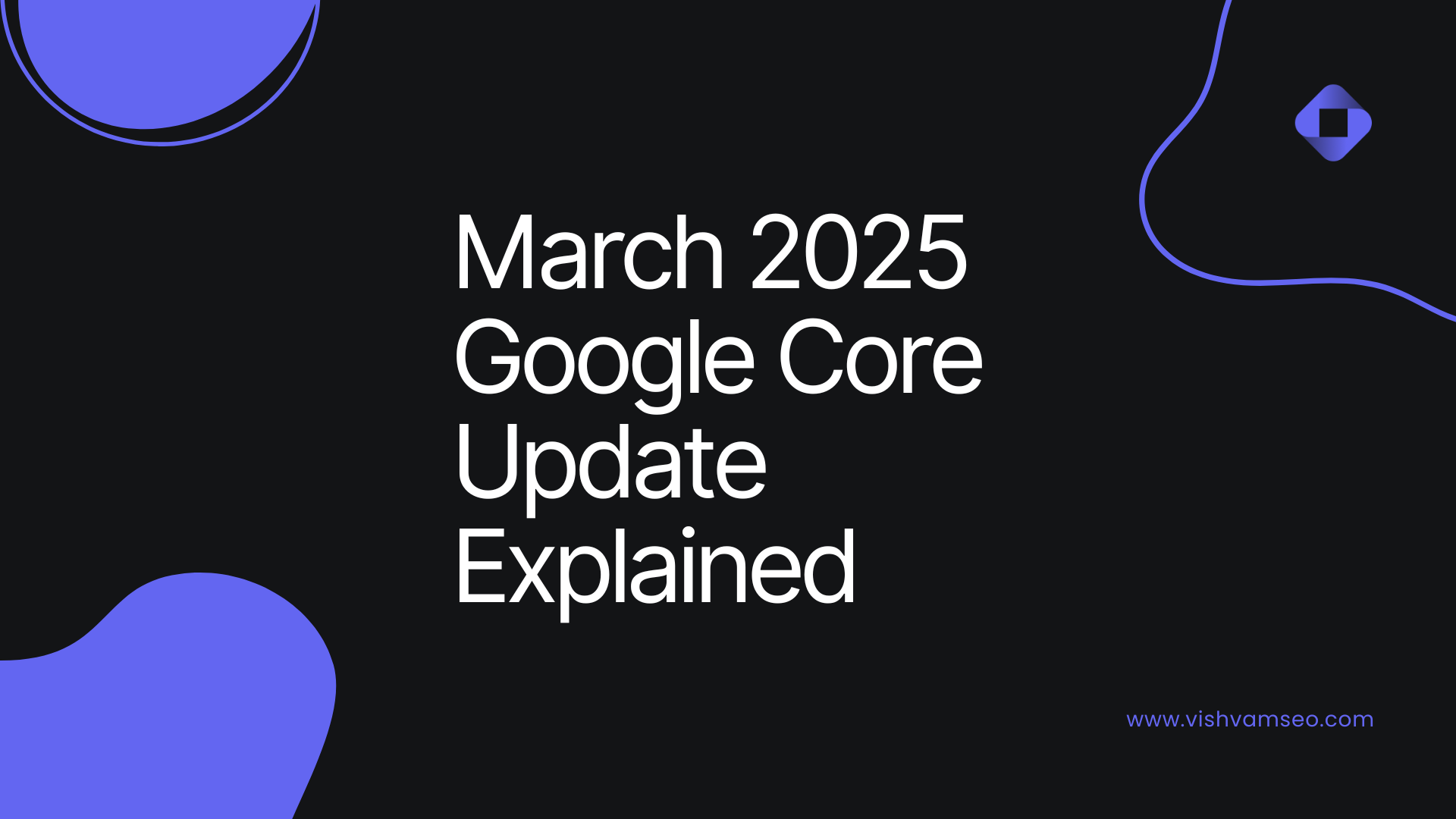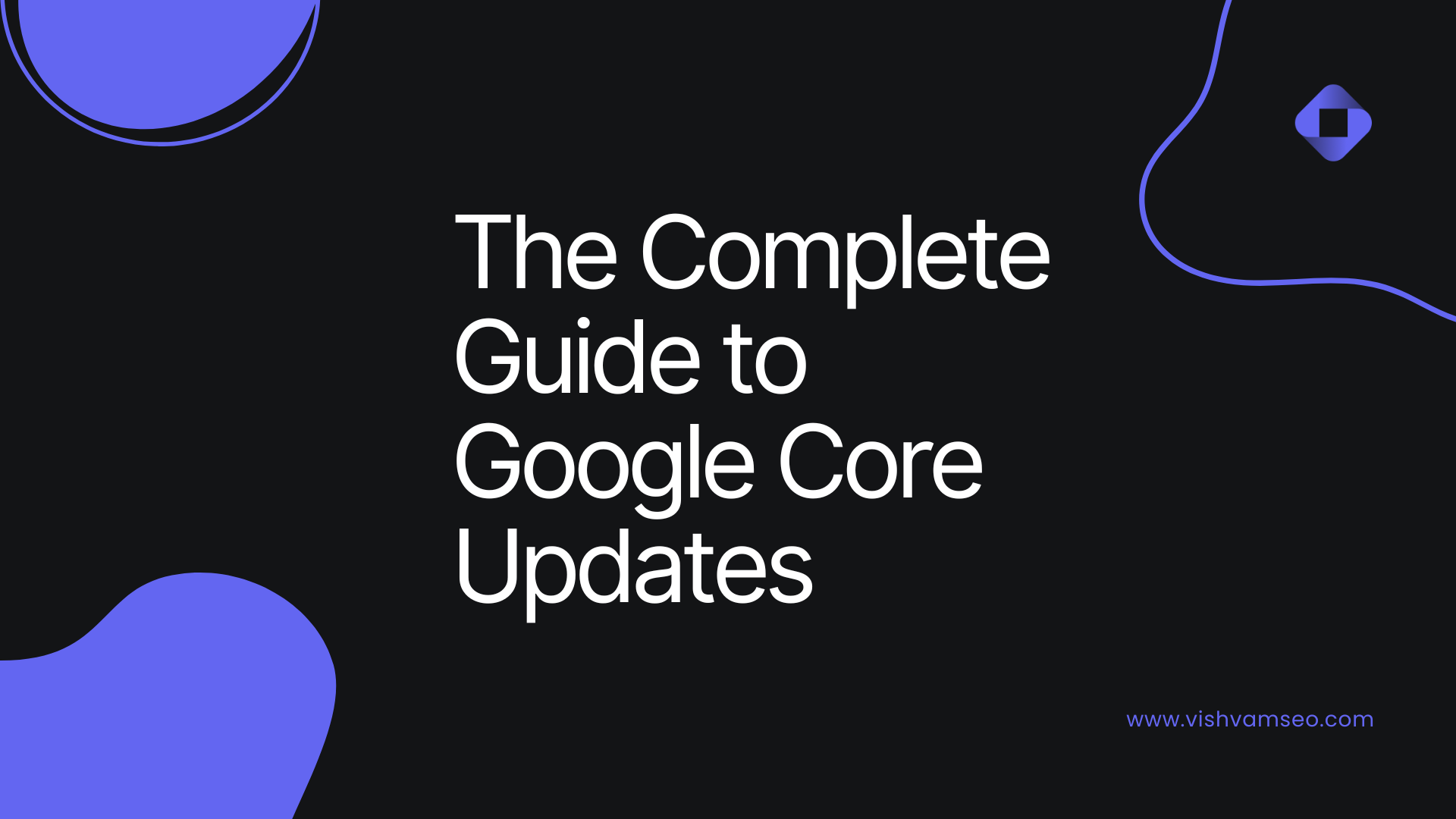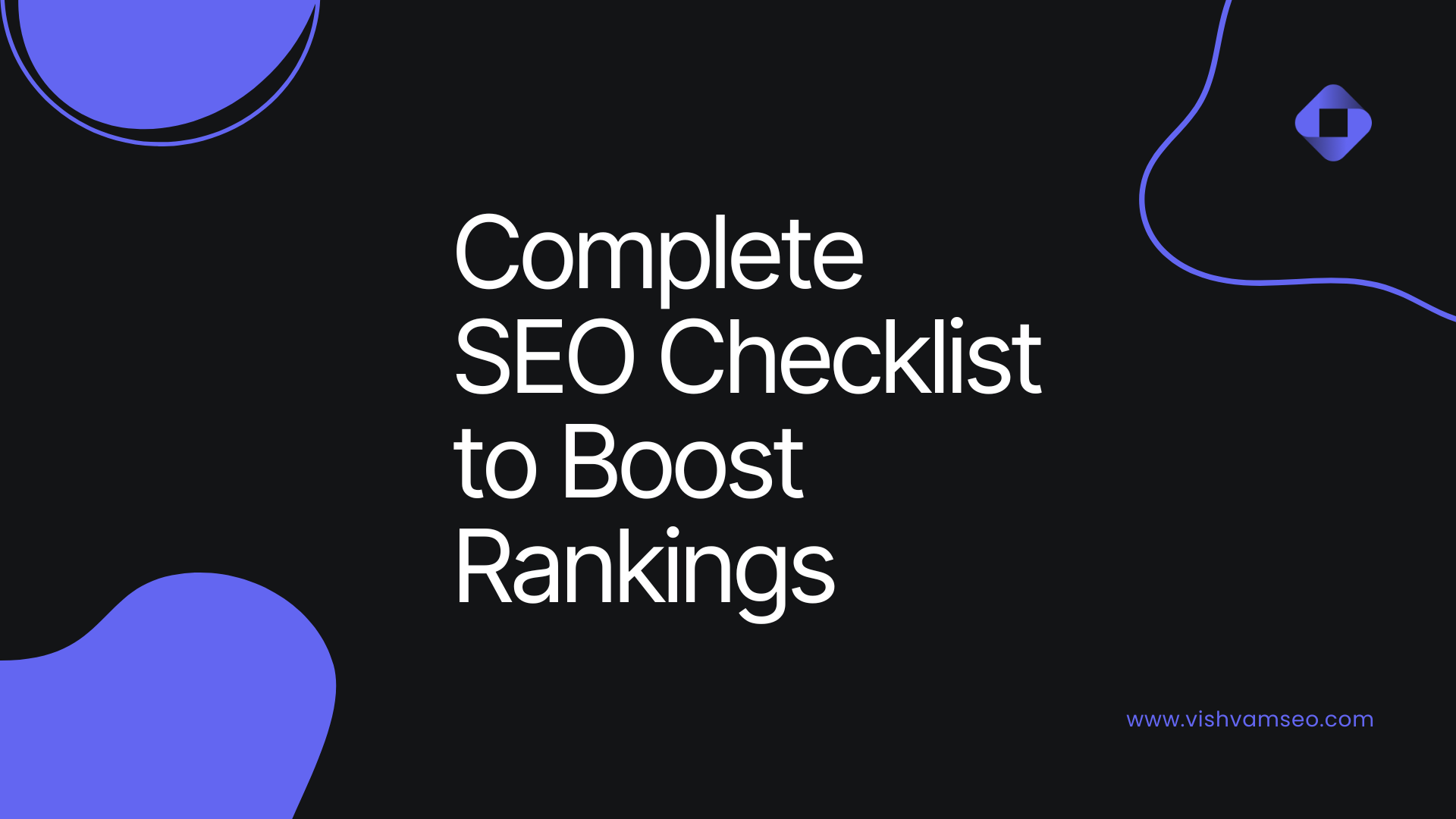The first Google Core Update of 2025 rolled out between March 13 and March 27, 2025. Like every broad core update, it reshuffled search rankings — some sites went up, some went down, and many didn’t notice much at all.
Let’s break down what happened, why it matters, and what you should do if your site was affected.
What Happened in March 2025
- Timeline: March 13 – March 27 (14 days)
- Global impact: Every country, every language
- Goal: Show more helpful and relevant content to searchers
- No big new features: Just adjustments to Google’s ranking systems
Here’s the catch: this update wasn’t as massive as some earlier ones. Many sites didn’t feel anything, but for those hit hard, the impact was huge.
Plus, some tracking tools gave confusing signals because Google made other changes to search results at the same time. That’s why the best way to measure your site’s impact is through Google Search Console, not third-party tools.
What Google Said About It
Google confirmed the rollout ended on March 27 and repeated its usual advice:
- No, there’s no quick fix if rankings dropped.
- Core updates aren’t penalties — they’re re-evaluations.
- Focus on improving site quality for long-term gains.
Straightforward. No magic tricks. Just better content over time.
Why Some Sites Went Up (and Others Didn’t)
The March update fits into Google’s broader 2025 plan to:
- Promote authentic, creator-driven content
- Reward usefulness and originality over thin, repetitive pages
- Make smaller but more frequent updates throughout the year
But here’s the thing:
Even if you’ve improved your site, recovery doesn’t always happen right away. Core updates are like checkpoints. Your improvements may only be rewarded at a future update, not instantly.
That’s why SEO success takes patience.
What To Do If Your Site Dropped
Don’t panic. Drops are common. What matters is what you do next:
- Check your data in Google Search Console — find which pages lost rankings.
- Audit your content — is it helpful, original, and up-to-date?
- Study competitors — what are top-ranking sites doing differently?
- Keep improving — better content, cleaner site structure, more authority.
And then… wait.
Sometimes Google needs another update cycle before recognizing your improvements.
Key Takeaways from March 2025
- Core updates will keep coming throughout the year.
- Quality and relevance always win in the long run.
- Recovery often takes time and consistency, not quick fixes.
Instead of chasing rankings after every update, focus on building a site people genuinely want to read. That’s what Google ultimately rewards.





